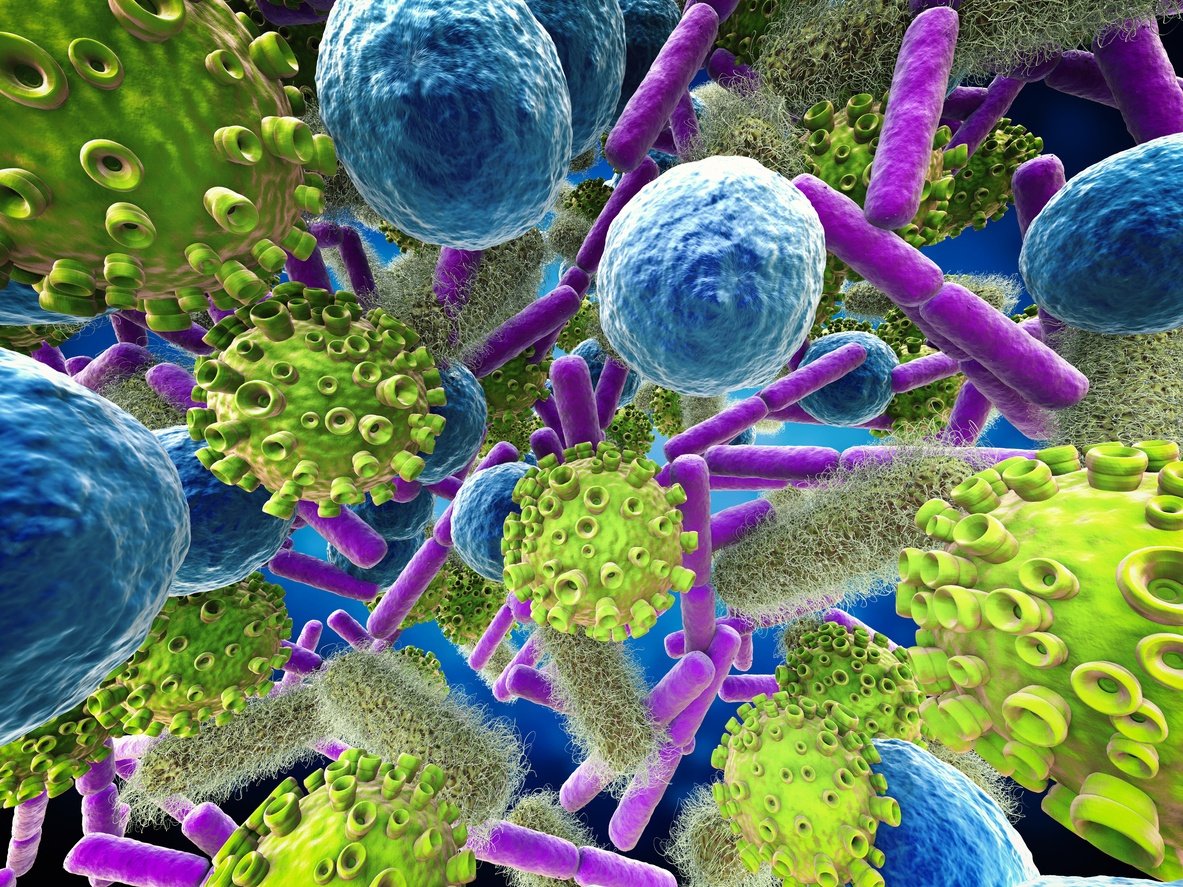
A healthcare-associated infection (HAI) is an infection that results from germs entering a patient’s body as the result of their medical care. HAIs can be associated with the use of invasive medical devices, such as catheters or ventilators, or can occur at surgical sites.
Types of HAIs
Catheter-associated urinary tract infections (CAUTIs): Among UTIs acquired in the hospital, about 75 percent are associated with a urinary catheter.
Surgical site infections (SSIs): SSIs are infections at the site in the body where surgery has taken place. Some SSIs only involve the skin at the site of the incision, but other SSIs can involve underlying tissues, organs, or implanted materials.
Central line-associated bloodstream infection (CLABSI): Bloodstream infections harm patients and add billions of dollars to U.S. healthcare system costs.
Pneumonia: Patients on a ventilator can develop ventilator-associated pneumonia (VAP), an infection of the lungs caused by bacteria.
Gastrointestinal infections: An HAI of the intestinal tract is usually caused by C. difficile, which results in inflammation of the GI tract and can lead to diarrhea.
Preventing HAIs through Education
Teaching students proper techniques, appropriate healthcare interventions, correct use of antibiotics, and proper use of sterile barrier precautions will help protect future patients from HAIs.
- Preventing CAUTIs depends on teaching proper techniques for catheter insertion, as well as use of catheters for appropriate indication and for only as long as needed. Hand hygiene and aseptic technique for insertion are vital; intermittent catheterization is another way to prevent CAUTIs.
- Healthcare providers prevent SSIs by emphasizing cleanliness more than anything else. Hands should be cleaned up to the elbows with an antiseptic agent before surgery; hands should be cleaned with soap and water or an alcohol-based hand cleanser in between patients; and special personal protective equipment (PPE) should be donned properly. PPE includes gloves, gowns, hair coverings, and masks. If indicated, antibiotics should be administered before surgery, and stopped about 24 hours afterwards.
- To avoid CLABSIs, teach students to clean access ports and hubs with the appropriate antiseptic, usually chlorhexidine, povidone, iodine, or a 70 percent alcohol solution. Dressing changes should be performed with aseptic technique using sterile gloves. Choosing the appropriate insertion site based on the patient’s characteristics will prevent infection.
- Ventilator-associated pneumonia is prevented by educating staff of the epidemiology of and infection control procedures for preventing VAP. Equipment and devices should be appropriately sterilized and disinfected. Other steps that can help prevent VAP include keeping the patient’s head elevated by raising the head of the bed 30 to 45 degrees; making sure the patient is removed from the ventilator as soon as possible; and keeping the inside of the patient’s mouth clean.
- Older patients taking antibiotics and receiving medical care are most at risk for c. diff infections. Healthcare providers can prevent the spread of c. diff by improving how antibiotics are prescribed and used; wearing PPE when treating patients with c. diff; and rapidly identifying and isolating patients with c. diff. Something to keep in mind when teaching hygiene techniques is that antimicrobial hand sanitizers don’t kill c. diff. Providers should use soap and water, and rooms should be cleaned with bleach.
At Pocket Nurse, we promote infection prevention and control education, especially during International Infection Prevention Week, October 14-20. See our PPE and cleaning product solutions to teach hygiene and proper gown and glove donning.
Sources:
Association for Professionals in Infection Control and Epidemiology
Centers for Disease Control and Prevention, HAI, Infection Types






